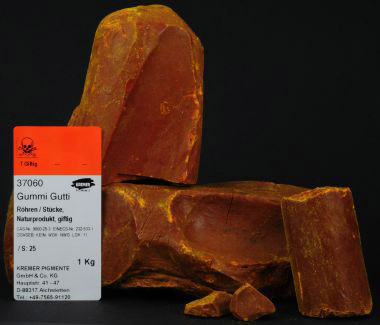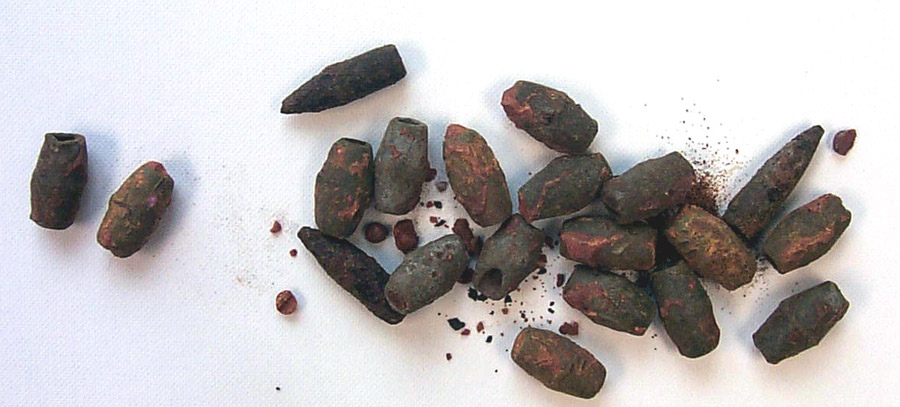
May 21, 2012
Jad and Robert wonder if maybe they could add to their color palette. Jay Neitz wondered the same thing, sort of. Take a monkey that can't see red, for example. Couldn't you just give them the red cones they were missing? So he took the human gene for red cones, figured out a way to inject it into the eyes of a group of squirrel monkeys, and he started doing vision tests. Day after a day for weeks. Until something remarkable happened.
And that got us thinking. Could you take Jay's experiment even further? Could add whole new cones to see a whole new universe of wavelenghts? According to Jay, we might not need to. Because it just so happens, there are already people walking around with an extra cone. Producer Tim Howard tracked down a real-life tetrachromat named Susan Hogan, then drove out to Pittsburgh to meet her and Jason LaCroix ...and administer a quick vision test that made it clear that who sees what is anything but black and white.
Next, Victoria Finlay introduces us to special strain of yellow goop: Gamboge.  It's a particular kind of tree sap, from the border area between Cambodia, Vietnam, and Thailand. It takes years to collect a big enough blob to sell to paint suppliers. And in the course of those years, the sap collects a souvenirs of the things happening around it. Robert and producer Sean Cole headed to Kremer Pigments in NYC to take a look at a lump of the stuff, and Ian Garrett, the former technical director of the art supply store Winsor & Newton, tells us how the sap revealed the horrors of the Cambodian killing fields.
It's a particular kind of tree sap, from the border area between Cambodia, Vietnam, and Thailand. It takes years to collect a big enough blob to sell to paint suppliers. And in the course of those years, the sap collects a souvenirs of the things happening around it. Robert and producer Sean Cole headed to Kremer Pigments in NYC to take a look at a lump of the stuff, and Ian Garrett, the former technical director of the art supply store Winsor & Newton, tells us how the sap revealed the horrors of the Cambodian killing fields.

Photo courtesy of Ian Garrett, Winsor & Newton.
A squirrel monkey named Dalton performing a vision test after receiving Jay Neitz's gene therapy: